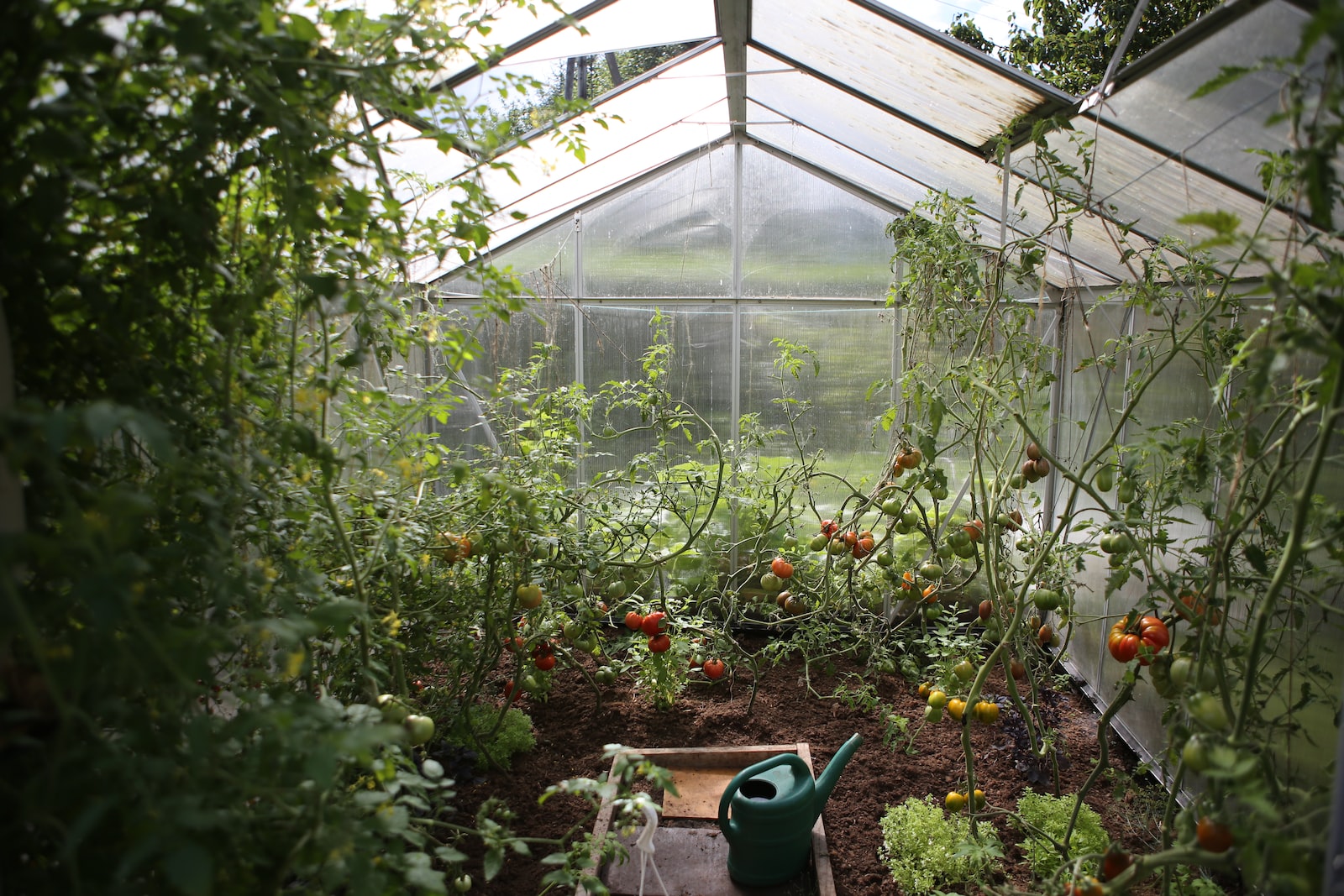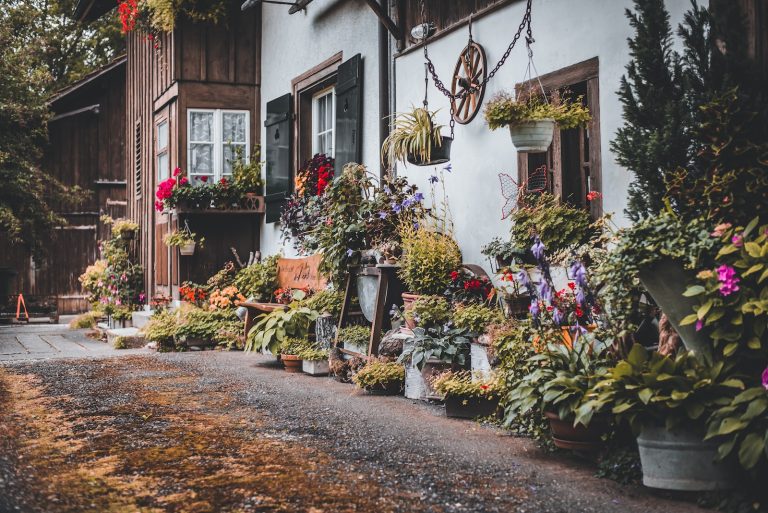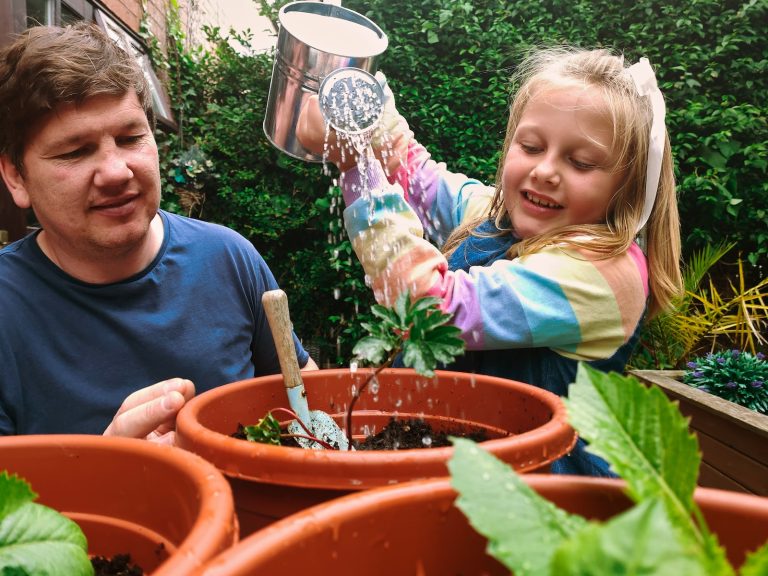The Best Vegetables to Grow in Your Home Garden

Are you itching to start a home garden but don’t know where to begin? Growing your own vegetables can be incredibly rewarding and an excellent way to get fresh, organic produce without leaving your backyard. But what are the best vegetables to grow in a home garden?
We’ll explore some easy-to-grow vegetables that will thrive in most climates, even if you’re new to gardening. You’ll learn how to select and plant the right kinds of veggies for your space and see tips for getting the most out of your harvest. Ready to dig into some tasty tips for growing delicious veggies at home? Read on!
Overview
When it comes to home gardening, there are a lot of different vegetables that you can choose to grow. But, not all vegetables are created equal when it comes to how easy they are to grow or how bountiful the harvest will be. That’s why we’ve put together a list of what we think are the best vegetables to grow in your home garden.
These vegetables are all relatively easy to grow, and they produce high yields so you’ll end up with plenty of fresh produce to enjoy. Plus, they’re all versatile so you can use them in a variety of different dishes.
So, without further ado, here are the best vegetables to grow in your home garden:
- Tomatoes: Tomato plants are fairly easy to care for and they produce an abundance of fruit. There are many different varieties of tomatoes that you can choose from, so you can find one that suits your taste preferences.
- Cucumbers: Cucumber plants are also relatively easy to take care of and they yield a good amount of fruit as well. Cucumbers are great for snacking on or adding to salads and other dishes.
- Squash: Both summer and winter squash varieties are relatively easy to grow and they produce a lot of fruit. Squash is versatile and can be used in sweet or savory dishes.
- Peppers: Pepper plants come in many different varieties and most of them are fairly easy to grow. Plus, peppers add a nice flavor and spice to any type of dish.
- Beans: Pole beans and bush beans are both great options for home gardeners. Both types of beans produce a good amount of fruit and you’ll have plenty to cook up or freeze for future use.
These five vegetables should make up the foundation of your home vegetable garden, but there are plenty more that you can choose from as well. With just a little bit of effort, you can have a thriving home vegetable garden that gives you lots of delicious produce year after year.
Benefits of Home Gardening
There are many benefits to growing your own vegetables at home. For one, you know exactly what has gone into growing them – no pesticides or other chemicals. Home-grown veggies are also fresher and tastier than what you’d find at the grocery store.
Additionally, gardening can be a great form of exercise, and it’s a relaxing hobby that gets you outside in the fresh air. And finally, growing your own food is a great way to save money on your grocery bill.
The Best Vegetables for Home Gardeners
There are a wide variety of vegetables that do well in the home garden, but some are better suited than others. Here are a few of the best vegetables for home gardeners:
- Tomatoes – Tomato plants are relatively easy to care for and produce a high yield of delicious fruit. There are many different varieties of tomatoes, so you can choose the type that best suits your needs.
- Peppers – Like tomatoes, peppers are fairly easy to grow and produce a good amount of fruit. There are many different varieties of peppers available, so you can choose the type that best suits your tastes.
- Cucumbers – Cucumbers are relatively easy to grow and produce a good yield of tasty fruit. They can be enjoyed fresh or pickled, making them versatile additions to your home garden.
- Squash – Squash plants are easy to care for and produce a good amount of tasty fruit. There are many different varieties of squash available, so you can choose the type that best suits your needs.
- Beans – Beans are an excellent source of protein and fiber, and they’re also very easy to grow in the home garden. There are many different varieties of beans available, so you can choose the type that best suits your needs .
Types of Home Gardens
There are many different types of home gardens, and each has its own advantages and disadvantages. Below is a list of some of the most popular types of home gardens, along with brief descriptions of each:
- Container Gardens: These are ideal for small spaces, as they can be placed on patios, balconies, or even indoors. container gardens also tend to be less work than traditional gardens, as they require less watering and weeding. However, they can be more expensive to set up, as you’ll need to purchase pots and soil.
- Raised Bed Gardens: Raised bed gardens are perfect for those who have limited space or poor soil quality. They are also relatively easy to maintain, as you won’t need to bend over to tend to your plants. However, raised beds can be more expensive than traditional gardens, as you’ll need to purchase the wood or other materials to build them.
- Vertical Gardens: Vertical gardens are perfect for small spaces or areas with limited sunlight. They are also relatively easy to set up and maintain. However, vertical gardens can be more expensive than traditional gardens, as you’ll need to purchase the pots and soil needed to fill them. Additionally, vertical gardens may require more frequent watering than other types of home gardens.
Tips for Successful Growing
- Start with vegetables that are easy to grow. Radishes, lettuce, and spinach are all good choices for beginning gardeners.
- Plan your garden so that you can rotate your crops. This will help prevent disease and pests from taking over your plants.
- Make sure you have plenty of light and water for your plants. Both of these things are essential for healthy growth.
- Be prepared to deal with pests and weeds. These are an unfortunate reality of gardening, but there are ways to keep them under control.
- Have patience! Growing vegetables takes time, so don’t expect instant results.
Herb Garden Basics
To have a thriving herb garden, there are a few basics you should know. First, make sure you choose a spot in your yard that gets at least six hours of sunlight each day. Once you’ve found the perfect spot, it’s time to start preparing the soil. Add some organic matter to the soil, like compost or manure, to help improve drainage and increase nutrients.
When it comes to picking what herbs to grow, consider which ones you use most often in cooking. Popular options include basil, chives, cilantro, oregano, parsley, and thyme. But don’t feel limited to these choices—there are many other delicious herbs out there! Once you’ve selected your plants, be sure to water them regularly and give them plenty of sunshine. With a little love and care, your herb garden will thrive!
Container Gardening Basics
One of the best things about gardening is that you can do it anywhere – including on your own patio or balcony. Container gardening is a great way to enjoy all the benefits of growing your own vegetables without needing a lot of space. In this article, we’ll go over some of the basics of container gardening, including what kind of containers to use and what vegetables are best suited for growing in them.
When it comes to choosing containers for your vegetable garden, you have a lot of options. The most important thing is to make sure that the container has good drainage. You can find containers specifically designed for gardening at your local nursery or home improvement store, or you can repurpose items like old buckets or even wine barrels. Just make sure to punch a few holes in the bottom for drainage before you get started.
As far as what vegetables to grow in your container garden, pretty much anything goes! Some popular choices include tomatoes, peppers, eggplant, and herbs like basil and thyme. But really, you can grow any type of vegetable that you’d like – just be sure to choose varieties that are well suited for growing in containers (determinate rather than indeterminate tomatoes, for example). With a little trial and error, you’ll soon find out what does well in your particular setup.
Resources and Tools
There are a number of resources and tools available to help you grow the best vegetables in your home garden. The first step is to determine what type of garden you want to create. Do you want a traditional row garden, raised beds, containers, or something else? Once you have decided on the type of garden you want, you need to choose the right location. Make sure the location receives enough sunlight and has well-drained soil.
Once you have chosen the perfect location for your garden, it is time to select the vegetables you want to grow. Some factors to consider when choosing vegetables include climate, space, and personal preference. Once you have selected the vegetables you want to grow, purchase high-quality seeds or seedlings from a reputable source.
To ensure your plants get off to a healthy start, provide them with adequate water and nutrient-rich soil. Fertilize according to the needs of your particular plants and give them enough water so that their roots can establish themselves properly. Be careful not to overwater or underwater your plants as both can lead to problems.
As your plants grow, monitor them for pests and diseases and take action accordingly. Some common problems include aphids, caterpillars, slugs, and powdery mildew. If you catch problems early, they are often easier to treat successfully.
Harvest your vegetables when they are ripe and enjoy the fruits of your labor!
Conclusion
Growing vegetables at home is a great way to save on groceries and provide delicious, organic produce for your family. We hope this list of the best vegetables to grow in your home garden has given you some ideas about what types of veggies you can start growing today. With careful planning and regular maintenance, it won’t be long before you’re harvesting fresh fruits and veggies from your own backyard!

Emma is a talented writer and enthusiastic gardener who shares her passion for plants and gardening on HomeGardenBlog.com. With years of experience in home gardening, Emma has become an expert in everything from planting and harvesting to pest control and soil management.






